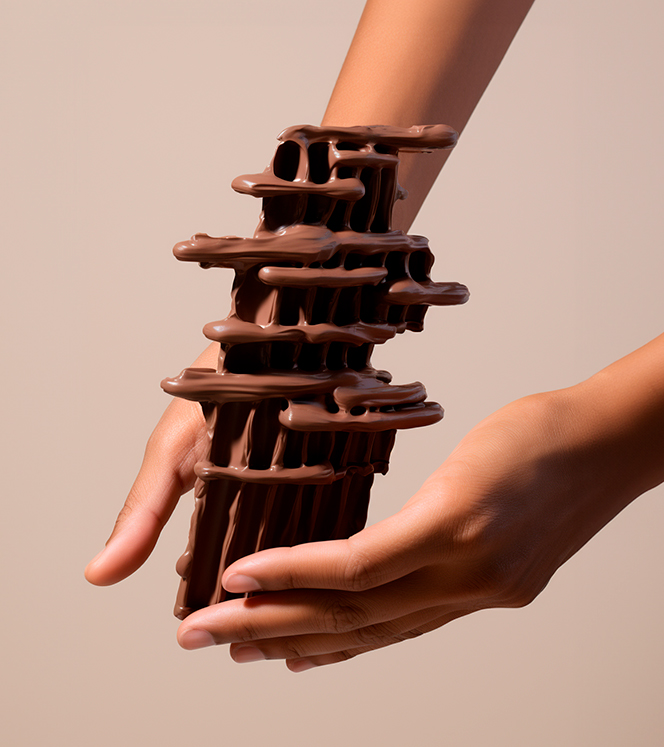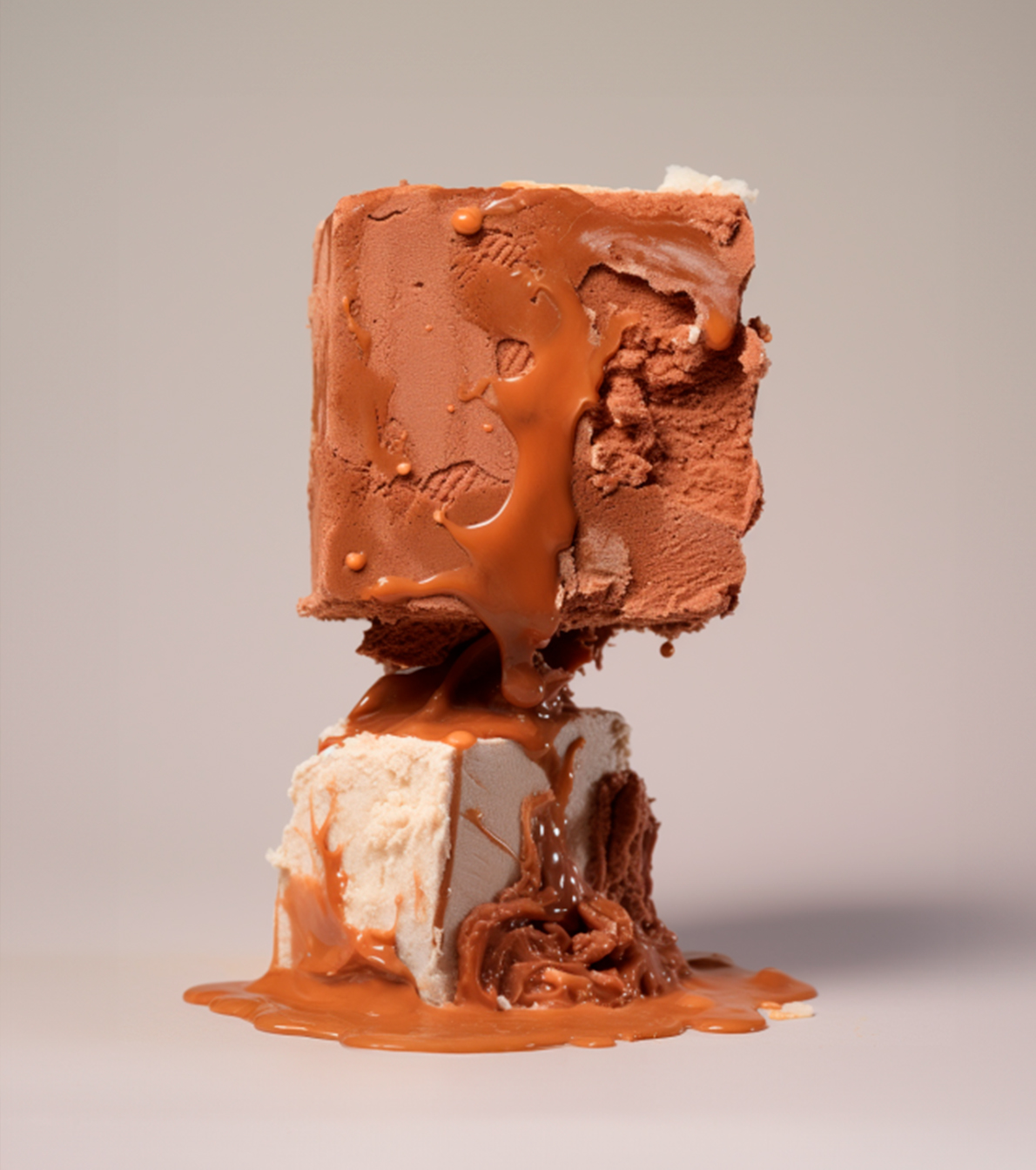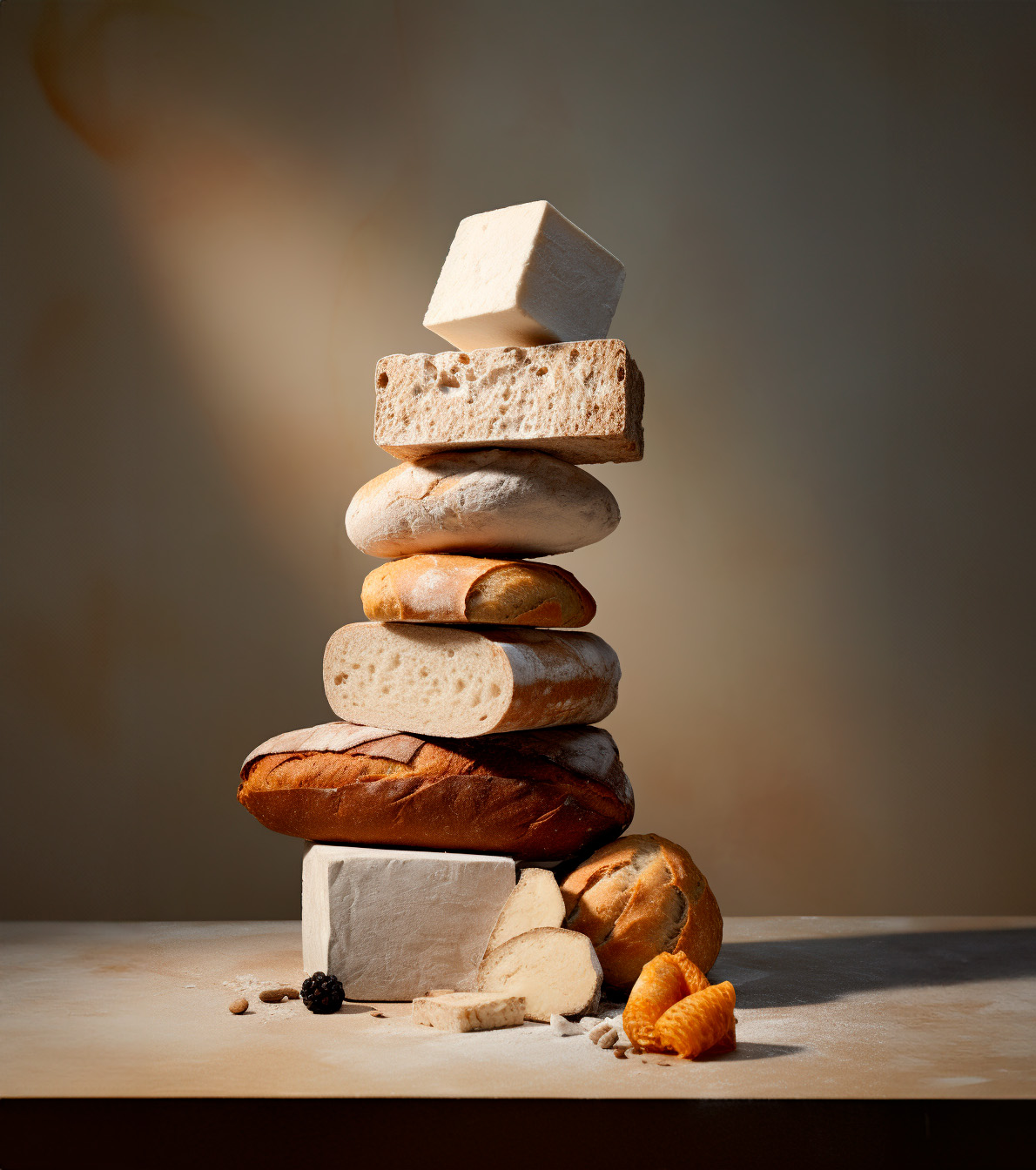FOOD DESIGN FOOD DESIGN FOOD DESIGN FOOD DESIGN FOOD DESIGN FOOD DESIGN FOOD DESIGN FOOD DESIGN
︎︎︎ FOOD DESIGN / FD 1
INTRODUCTION TO FOOD DESIGN

Professors: Ivan Merino & Nacho de Juan-Creix
Place: (On-site) PLAT Institute
MARCH 2024
Dates: Day 1: Saturday 16 of March
Day 2: Wednesday 20 of MarchDay 3: Friday 22 of March
Day 1: (11:00h to 19:00h) Presential.
Day 2: (16:00h to 20:00h) Online.
Day 3: (15:30h to 19:30h) Presential.
The course was created to train designers and chefs in food design, an interdisciplinary field that is currently trending in the gastronomic world.
Created to train designers and chefs in Food Design, an interdisciplinary field that combines design methodology and creativity to develop new concepts for gastronomy.
The course will present the basic principles of Food Design, including its definition and what falls outside its scope. It will cover design processes, formalization, and historical references to pioneers in the field. The course will also explore the evolution of Food Design, current trends, and prominent figures in the industry.
The course Introduction to Food Design will require students to analyze a real product, examining its content, form, and evolution. Using the methodology of the Food Designer, students will then create a new product. This course emphasizes the importance of objective analysis and logical structure in food design.
Goals
Create disruptive products in food design.
Learn what food design is and its methodology.
Analyze and learn from different food design projects.
Reflect and develop new ways of working in the food sector.
Learn what food design is and its methodology.
Analyze and learn from different food design projects.
Reflect and develop new ways of working in the food sector.
Methodology
After reviewing and educating the students with the necessary knowledge to apply to a project, a briefing or assignment will be launched. Based on this briefing, the students will conduct further research on the product or sector and formalize several creative proposals through sketching. At the end of the brainstorming phase, the final proposal will be selected and developed.
Target students
Designers
Chefs
People interested in the Foodie world.
People who are passionate about cooking.
Artists interested in the gastronomic world.
Chefs
People interested in the Foodie world.
People who are passionate about cooking.
Artists interested in the gastronomic world.
TASTE / AROMA / ODOR / TEMPERATURE / SOUND / DUNCTIONAL / ERGONOMIC / NUTRITIONAL / USABILITY ASPECTS / TASTE / AROMA / ODOR / TEMPERATURE / SOUND / DUNCTIONAL / ERGONOMIC / NUTRITIONAL / USABILITY ASPECTS /
(material included)
︎︎︎ FOOD DESIGN / FD 2
CHOCOTALES

Professors: Ivan Merino & Nacho de Juan-Creix
Place: (On-site) PLAT Institute
MAY 2024
Dates: Day 1: Saturday 04 of May
Day 2: Thursday 09 of MayDay 3: Friday 10 of May
Day 1: (11:00h to 19:00h) Presential.
Day 2: (16:00h to 20:00h) Online.
Day 3: (15:30h to 19:30h) Presential.
The so-called "food of the gods", chocolate, is one of the food products with great possibilities due to its physical characteristics, as it can be transformed and offers a great versatility of formats, which is why we chose this product to be redesigned through food design.
The raw material cocoa arrived in the West from America in the 16th century. The evolution of this star product has undergone many transformations until today, where we find an infinite number of industrial products such as chocolate bars, chocolates, pastries and pastries, signature cuisine ... etc.
The workshop aims to provide basic knowledge about the origins and history, the characteristics of the product and its elaborations, and the most current products, brands and designs.
The students will create a story related to chocolate and will develop new conceptual proposals together with its image and packaging, creating a complete, original and unique product.
Goals
Know the history of chocolate and products made with chocolate.
Apply the Food Design methodology.
Use creativity as a working tool.
Create tangible and edible chocolate products.
Apply the Food Design methodology.
Use creativity as a working tool.
Create tangible and edible chocolate products.
Methodology
The basis of our educational system is based on the methodology: learning by doing, learning with fun and playing with food.
We are aware that in order to learn, we need to experiment and even play in order to understand some materials and get to know new possibilities that cannot be provided from a classical point of view.
Therefore, our students will experiment, play and enjoy, around the research and the process of creation.
We are aware that in order to learn, we need to experiment and even play in order to understand some materials and get to know new possibilities that cannot be provided from a classical point of view.
Therefore, our students will experiment, play and enjoy, around the research and the process of creation.
Target Students
Designers
Chefs
People interested in the Foodie world.
People who are passionate about cooking.
Artists interested in the gastronomic world.
Chefs
People interested in the Foodie world.
People who are passionate about cooking.
Artists interested in the gastronomic world.
TASTE / FINISHES / COLOR AND TEXTURE / FORMAL AND ERGONOMIC / FUNCTIONAL ASPECTS / USE
AND CONSUMPTION / SYMBOLIC ASPECTS / PRESENTATION / TABLE SETTING /
(material included)
︎︎︎ FOOD DESIGN / FD 3
ICE DREAM

Professors: Ivan Merino & Nacho de Juan-Creix
Place: (On-site) PLAT Institute
JUNE 2024
Dates: Day 1: Saturday 15 of June
Day 2: Wednesday 19 of JuneDay 3: Friday 21 of June
Day 1: (11:00h to 19:00h) Presential.
Day 2: (16:00h to 20:00h) Online.
Day 3: (15:30h to 19:30h) Presential.
Another "top 10" product in the food industry is ice cream. It is a seasonal product that is only consumed in the summer and is available in all sectors (restaurants, supermarkets, street markets, home...).
If an ice cream is basically a more or less crystallized cream contained in a tub or a stick or a biscuit... What else can we design? How do creativity, design and technology influence the future of this desirable object?
In the workshop we will study ice cream brands, typologies, classics, novelties and trends. The students will have to design new ice cream concepts and their graphics.
Goals
Learn about the history of ice cream and the star products of the ice cream industry.
Learn how ice cream professionals work and their procedures.
Use creativity as a working tool.
Apply food design methodology.
Learn how ice cream professionals work and their procedures.
Use creativity as a working tool.
Apply food design methodology.
Methodology
The basis of our educational system is based on the methodology: learning by doing, learning with fun and playing with food. We are aware that in order to learn, we need to experiment and even play in order to understand some materials and get to know new possibilities that cannot be provided from a classical point of view. Therefore, our students will experiment, play and enjoy the process of research and creation, with the help and support of the teachers.
Target Students
Designers
Chefs
People interested in the Foodie world.
People who are passionate about cooking.
Artists interested in the gastronomic world.
Chefs
People interested in the Foodie world.
People who are passionate about cooking.
Artists interested in the gastronomic world.
TASTE / FINISHES / COLOR AND TEXTURE / FORMAL AND ERGONOMIC / FUNCTIONAL ASPECTS / USE
AND CONSUMPTION / SYMBOLIC ASPECTS / PRESENTATION / TABLE SETTING /
(material included)
︎︎︎ FOOD DESIGN / FD 4
BREAD DESIGN

Professors: Ivan Merino & Nacho de Juan-Creix
Place: (On-site) PLAT Institute
DECEMBER 2024
Dates: Day 1: Saturday 30 of November
Day 2: Wednesday 04 of DecemberDay 3: Friday 06 of December
Day 1: (11:00h to 19:00h) Presential.
Day 2: (16:00h to 20:00h) Online.
Day 3: (15:30h to 19:30h) Presential.
Bread is one of the "top 10" foods in our society. Its nutritional, organoleptic, cultural and symbolic properties make this product indispensable on our table.
Today, bread is fashionable and has been revalued, becoming a "gourmet" product. The figure of the good baker is on the rise and we can see very interesting projects and bakeries such as Daniel Jordá or Iban Yarza.
Or breads with designations of origin such as Pa de Pagés. A good bread is a good bread. A good sourdough, good flour, water and salt... and good work, patience, good fermentation and good baking (preferably in a wood-fired oven).
From a design point of view, bread is more than just an edible product because of its cultural, symbolic and formal values. For many years I have been experimenting with "bread matter" on a formal, conceptual and creative level, sculpting forms and going beyond the object. What other shapes can we create? A baguette, a round or a roll? There are many more, and this intimate relationship between the consumer and bread is extremely interesting. And as it is fashionable, this "wink" is proposed with the bread to costume, the baker as a tailor who makes custom bread, "Bread a Porter".
Goals
Create disruptive products in food design.
Apply food design methodology.
Get to know and experiment with bread as a material.
Reflect and open up new ways of working in the food sector.
Apply food design methodology.
Get to know and experiment with bread as a material.
Reflect and open up new ways of working in the food sector.
Methodology
The workshop will work with dough, shapes and new concepts of object bread. We will create pieces with different formal configurations that convey a message and interact or dialog with the consumer hungry for creativity.
Target Students
Designers
Chefs
People interested in the Foodie world.
People who are passionate about cooking.
Artists interested in the gastronomic world.
Chefs
People interested in the Foodie world.
People who are passionate about cooking.
Artists interested in the gastronomic world.
TASTE / FINISHES / COLOR AND TEXTURE / FORMAL AND ERGONOMIC / FUNCTIONAL ASPECTS / USE
AND CONSUMPTION / SYMBOLIC ASPECTS / PRESENTATION / TABLE SETTING /
(material included)
